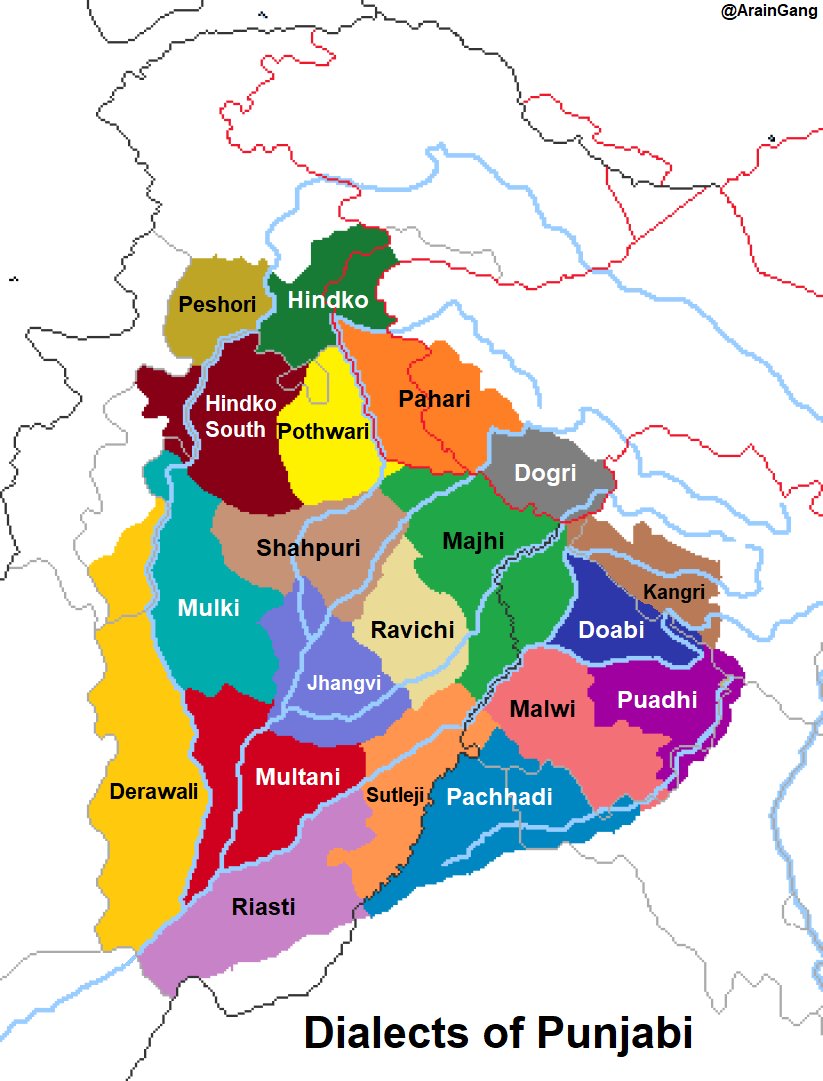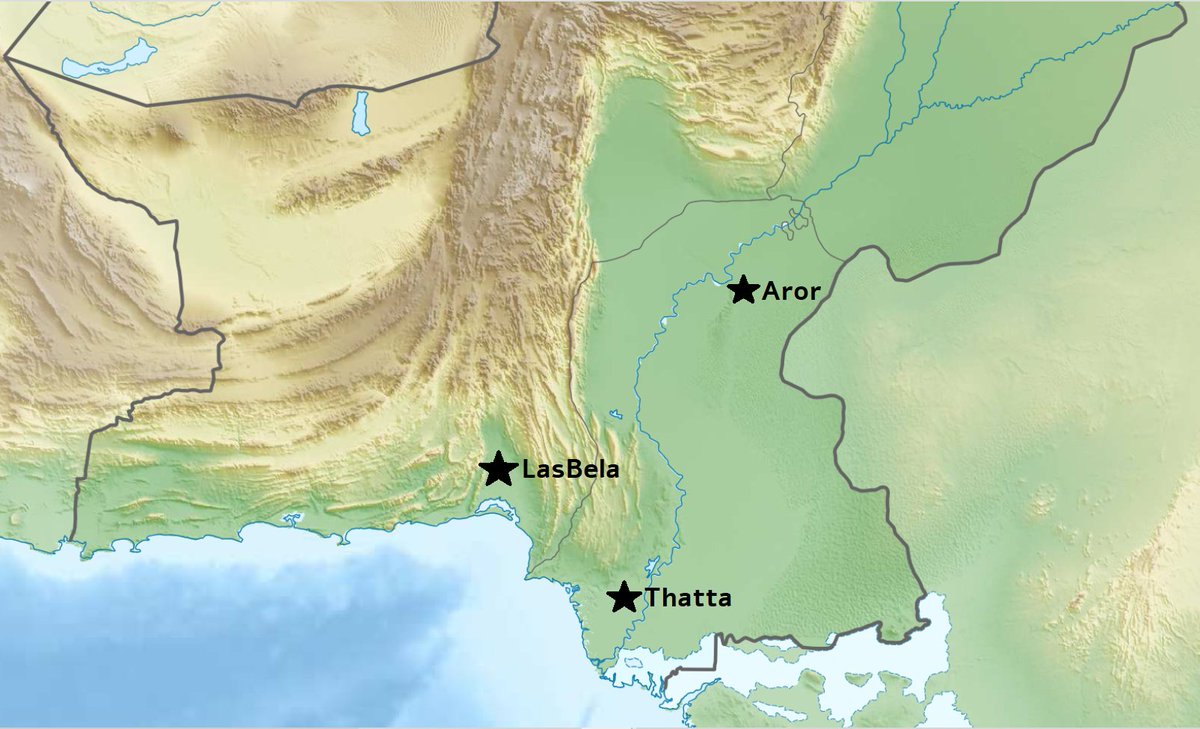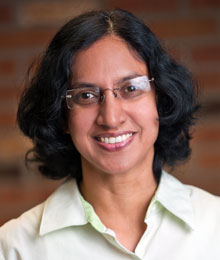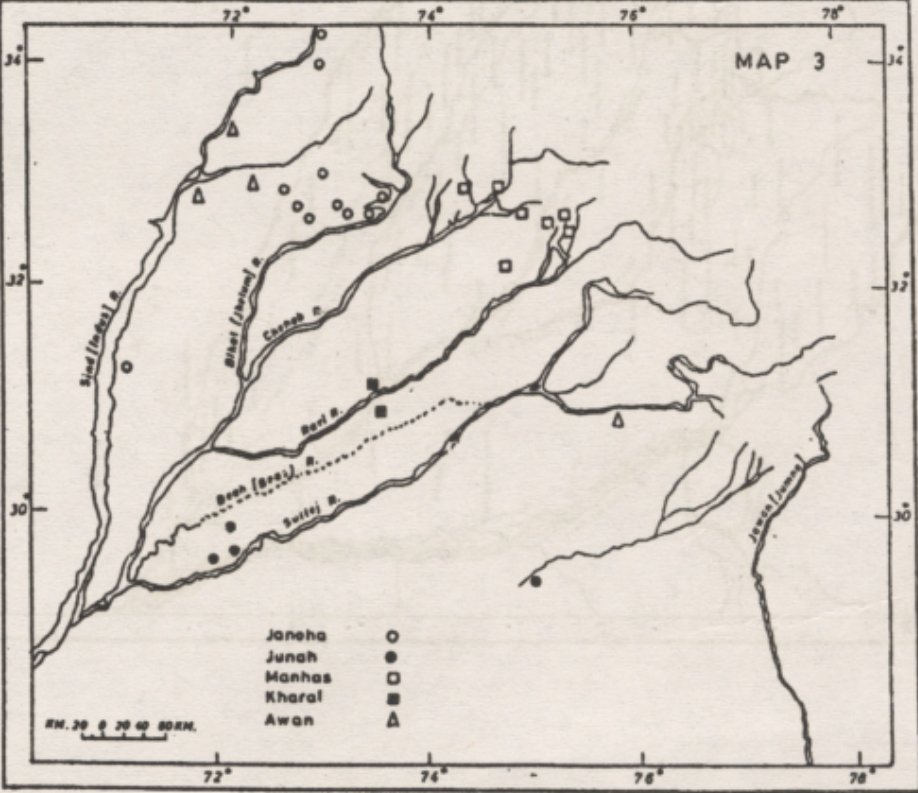
Majhi is considered the standard prestige dialect of Punjabi, and contains some vocabulary from Hindustani not found in neighboring Punjabi dialects.
Major tribes include Sandhu, Randhawa, Kahlon, Cheema, Bajwa, Guhman, Warraich, Khokhar, Bhatti, Sulehria, and Arain.
Major tribes include Sandhu, Randhawa, Kahlon, Cheema, Bajwa, Guhman, Warraich, Khokhar, Bhatti, Sulehria, and Arain.
Doabi is centered in the Jalandhar doab, the site of the ancient Trigarta kingdom. It is quite close to neighboring dialects.
Major tribes include Arain, Manj, Naru, Ghorewaha, and Bains.
Major tribes include Arain, Manj, Naru, Ghorewaha, and Bains.
Puadhi is the dialect of the ancient Sirhind division, and is often where political and cultural influence from the Gangetic Basin would make its way into Punjab.
Major tribes include the Baria, Taoni, Gujjar, and Ghorewaha. The Barha Syeds hail from this region.
Major tribes include the Baria, Taoni, Gujjar, and Ghorewaha. The Barha Syeds hail from this region.
Malwi along with the previous 3 dialects mentioned comprise what is known as "Central Punjabi".
It has managed to avoid certain Hindustani loan words seen in neighboring dialects.
Major tribes include Sidhu, Chahil, and Dhariwal.
It has managed to avoid certain Hindustani loan words seen in neighboring dialects.
Major tribes include Sidhu, Chahil, and Dhariwal.
Pachhadi (or Rathi) is the dialect of the Ghaggar Valley, and contains features from the Marwari language of Rajasthan.
The name(s) of this dialect refer to turbulent Muslim tribes who ruled the region prior to expansion from Bikaner, though Hindu Jats are the largest tribe.
The name(s) of this dialect refer to turbulent Muslim tribes who ruled the region prior to expansion from Bikaner, though Hindu Jats are the largest tribe.
Sutleji refers to a dialect transitional between Majhi and Riasti, centered around the Sutlej river.
Major tribes include the Joiya and Wattu, the former of which used to exist in signficant numbers as the ruling class of Pachhad, until expulsion by the Bikaner State.
Major tribes include the Joiya and Wattu, the former of which used to exist in signficant numbers as the ruling class of Pachhad, until expulsion by the Bikaner State.
Ravichi refers to a dialect transitional between Majhi and Jhangvi/Shahpuri.
Traditionally spoken around the Ravi and extending into the Faisalabad area, the Kharral and Kathi were its majors patrons.
Traditionally spoken around the Ravi and extending into the Faisalabad area, the Kharral and Kathi were its majors patrons.
Jhangvi is the dialect spoken around Jhang at the confluence of the Ravi and Chenab, considered transitional from Ravichi to Multani.
The Siyals are its chief patrons, and its on their shoulders that the language has been carried into the Thal of Sind Sagar as well as Multan.
The Siyals are its chief patrons, and its on their shoulders that the language has been carried into the Thal of Sind Sagar as well as Multan.
Shahpuri is the dialect of the Jech Doab, and is considered transitional to Mulki.
It along with the last few dialects going back to Pachhadi are grouped together as the Bar languages of Punjab.
The Gondals, Tarar, Ranjha, and Chadhar are the major patrons of Shahpuri.
It along with the last few dialects going back to Pachhadi are grouped together as the Bar languages of Punjab.
The Gondals, Tarar, Ranjha, and Chadhar are the major patrons of Shahpuri.
Beginning now with Multani we enter the Saraiki dialects of Punjab.
Multani is centered around Multan and Muzaffargarh, a region influenced by both Sindh and North Punjab, but often independent of both.
Urban merchants like the Arora and Bhatia carried the dialect far and wide.
Multani is centered around Multan and Muzaffargarh, a region influenced by both Sindh and North Punjab, but often independent of both.
Urban merchants like the Arora and Bhatia carried the dialect far and wide.
Next comes Riasti, the principal dialect of the Bahawalpur region.
It contains noted influence from Marwari, and some of its principal tribes like the Parmar likely are transplants from Rajasthan.
Though the south also contains Sindhi Jat tribes like the Chachar.
It contains noted influence from Marwari, and some of its principal tribes like the Parmar likely are transplants from Rajasthan.
Though the south also contains Sindhi Jat tribes like the Chachar.
Next is Mulki, the dialect stretching from Mianwali to Layyah along the Indus river.
Its prized equally by the Jats and Pathans of the region, and in my opinion is one of the most pleasing to the ear.
See Zeeshan Rokhri's music for examples!
Its prized equally by the Jats and Pathans of the region, and in my opinion is one of the most pleasing to the ear.
See Zeeshan Rokhri's music for examples!
The last dialect of the Seraiki group is Derawali, spoken in the Dera Jat region of Punjab, on the left bank of the Indus.
It has signficant influence from Sindhi, and a bit from Balochi, and is spoken by most Jat and Baloch clans of the region (though not the hill Baloch).
It has signficant influence from Sindhi, and a bit from Balochi, and is spoken by most Jat and Baloch clans of the region (though not the hill Baloch).
Next comes the Hindko group of dialects.
The largest of which is Northern Hindko, often simply called "Hindko", spoken in Hazara.
Its principally spoken by the Awan, Gujjar, Tanolis, Swatis, and Pathans in the region.
The largest of which is Northern Hindko, often simply called "Hindko", spoken in Hazara.
Its principally spoken by the Awan, Gujjar, Tanolis, Swatis, and Pathans in the region.
Closely related is Southern Hindko, heavily concentrated in Attock and parts of Chakwal/Rawalpindi, but also spoken across the Indus in Pashtun-majority Kohat.
The Awan are its chief speakers.
The Awan are its chief speakers.
The last dialect in this grouping is Peshori, also known as Peshawari, spoken on the left bank of the Indus in the Peshawar region.
The dialect has a number of influences, and has traditionally been a unifying lingua franca in a region where various ethnic groups have trodden.
The dialect has a number of influences, and has traditionally been a unifying lingua franca in a region where various ethnic groups have trodden.
Next we have the Pothwari-Pahari group.
Starting with Pothwari, its spoken in eastern Rawalpindi and Jhelum. Its quite similar to Pahari.
The various Rajput clans in the region (Janjua, Gakhar) patronize the language.
Starting with Pothwari, its spoken in eastern Rawalpindi and Jhelum. Its quite similar to Pahari.
The various Rajput clans in the region (Janjua, Gakhar) patronize the language.
The Pahari dialect comes next, spoken in AJK and the region of Indian-Occupied Jammu west of the Chenab river, bound also by the Jhelum river to the West, the Kashmir mountains to the north, and Majha plains to the south.
It has some influence from Dogri.
It has some influence from Dogri.
Next comes the Dogri-Kangri grouping, which are strongly identifiable with Central Punjabi dialects, but do contain some influence from the Nepali-Pahari languages from the East.
Dogri is the dialect of Jammu, spoken by the largely Rajput and Brahmin Dogras.
Dogri is the dialect of Jammu, spoken by the largely Rajput and Brahmin Dogras.
And lastly we have Kangri, spoken in the hill region of Himachal Pradesh.
It has significant influence from Nepali related languages, and this is also observed in the ancestry of the region.
Its chief speakers are the various Rajput related clans in the area.
It has significant influence from Nepali related languages, and this is also observed in the ancestry of the region.
Its chief speakers are the various Rajput related clans in the area.
• • •
Missing some Tweet in this thread? You can try to
force a refresh

























